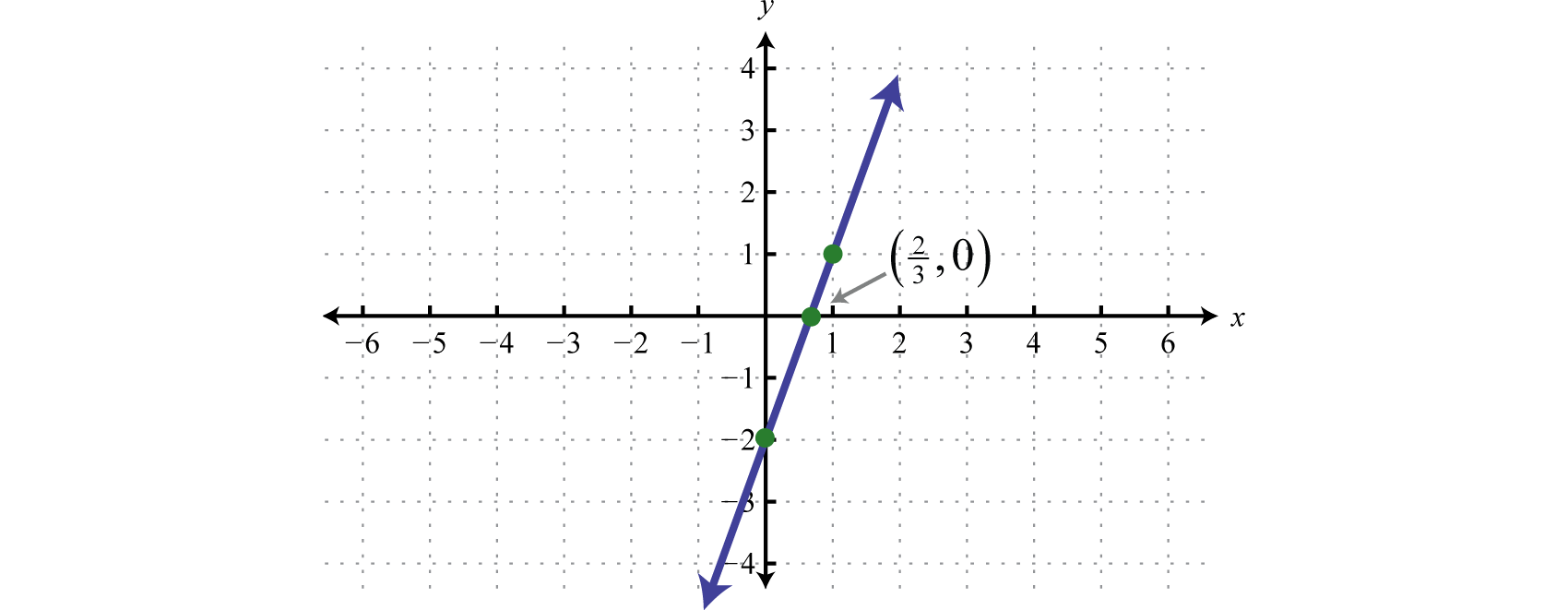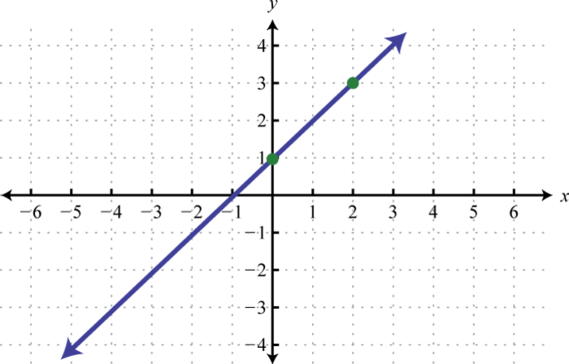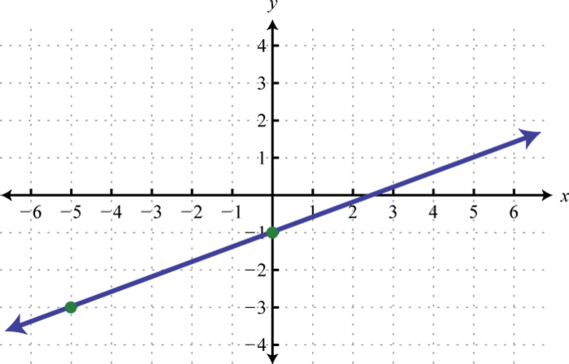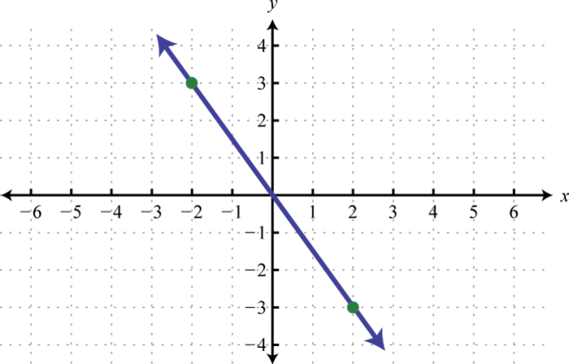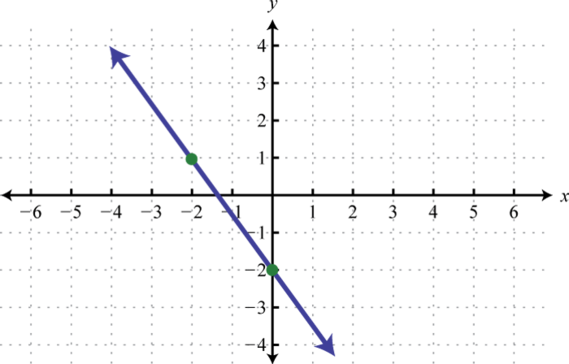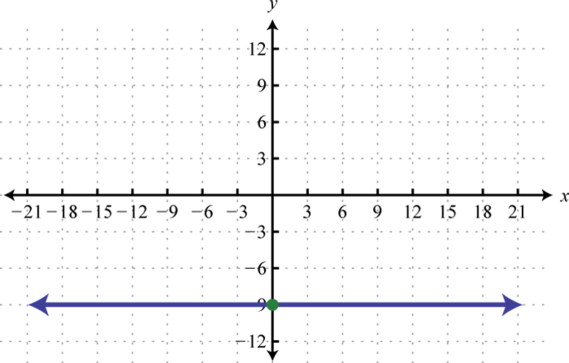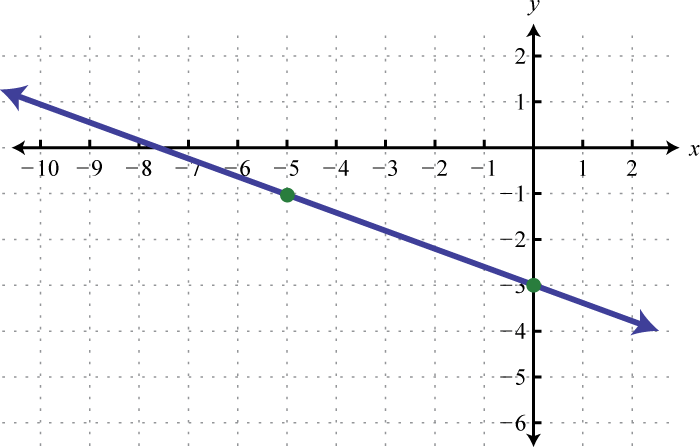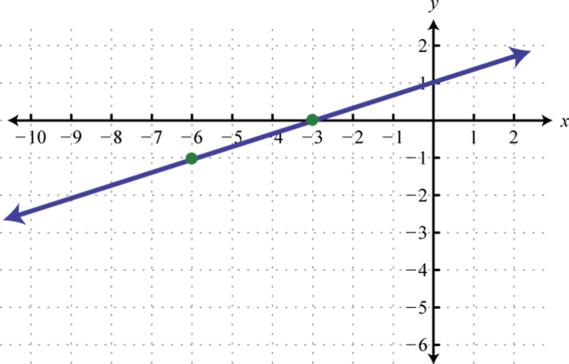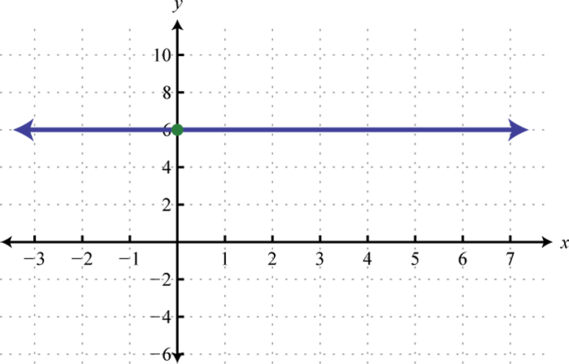This is “Linear Functions and Their Graphs”, section 2.2 from the book Advanced Algebra (v. 1.0). For details on it (including licensing), click here.
For more information on the source of this book, or why it is available for free, please see the project's home page. You can browse or download additional books there. To download a .zip file containing this book to use offline, simply click here.
2.2 Linear Functions and Their Graphs
Learning Objectives
- Graph a line by plotting points.
- Determine the slope of a line.
- Identify and graph a linear function using the slope and y-intercept.
- Interpret solutions to linear equations and inequalities graphically.
A Review of Graphing Lines
Recall that the set of all solutions to a linear equation can be represented on a rectangular coordinate plane using a straight line through at least two points; this line is called its graph. For example, to graph the linear equation we would first solve for y.
Written in this form, we can see that y depends on x; in other words, x is the independent variableThe variable that determines the values of other variables. Usually we think of the x-value of an ordered pair (x, y) as the independent variable. and y is the dependent variableThe variable whose value is determined by the value of the independent variable. Usually we think of the y-value of an ordered pair (x, y) as the dependent variable.. Choose at least two x-values and find the corresponding y-values. It is a good practice to choose zero, some negative numbers, as well as some positive numbers. Here we will choose five x values, determine the corresponding y-values, and then form a representative set of ordered pair solutions.
x |
y |
Solutions |
|
|---|---|---|---|
−2 |
7 |
(−2, 7) |
|
−1 |
5 |
(−1, 5) |
|
0 |
3 |
(0, 3) |
|
4 |
−5 |
(4, −5) |
|
6 |
−9 |
(6, −9) |
Plot the points and draw a line through the points with a straightedge. Be sure to add arrows on either end to indicate that the graph extends indefinitely.
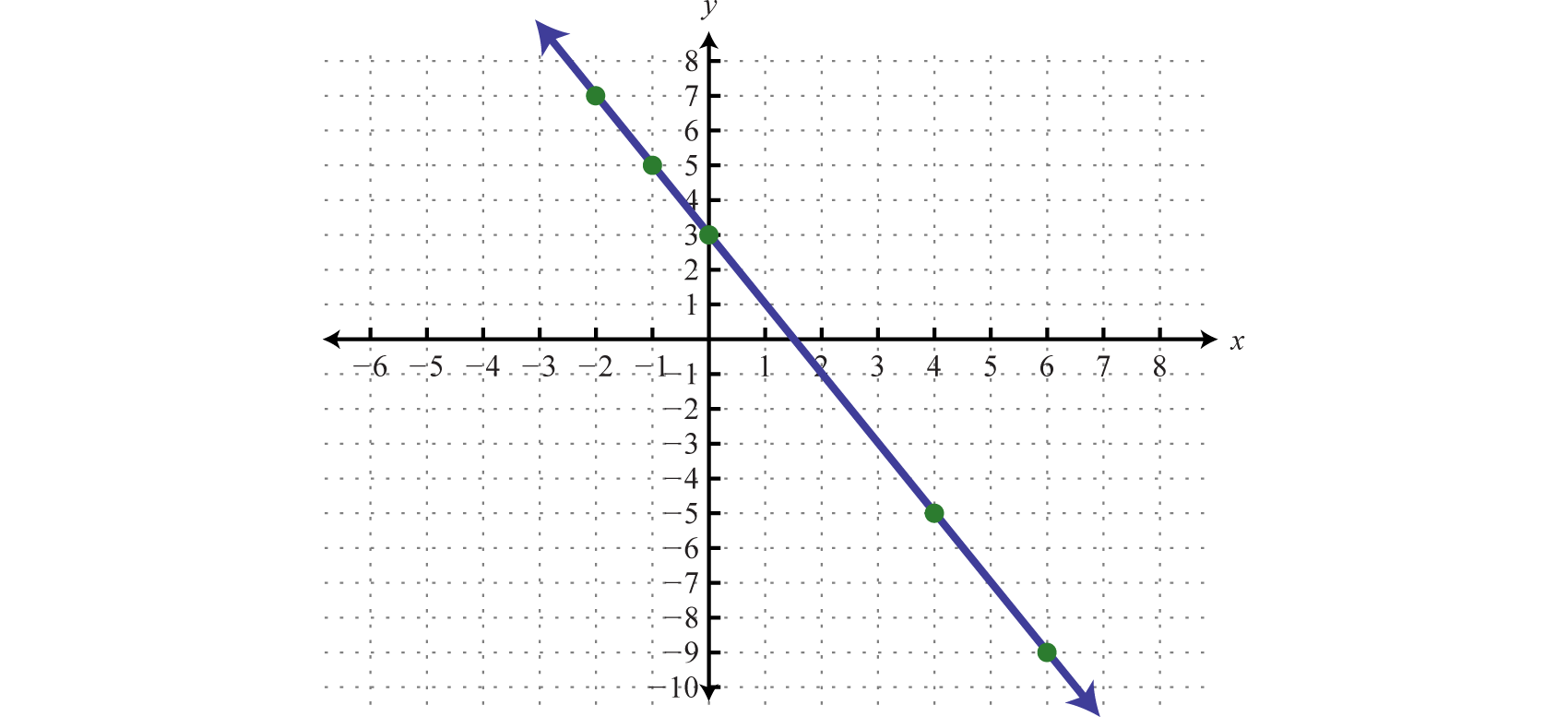
The resulting line represents all solutions to , of which there are infinitely many. The above process describes the technique for graphing known as plotting pointsA way of determining a graph using a finite number of representative ordered pair solutions.. This technique will be used to graph more complicated functions as we progress in this course.
The steepness of any incline can be measured as the ratio of the vertical change to the horizontal change. For example, a 5% incline can be written as , which means that for every 100 feet forward, the height increases 5 feet.

In mathematics, we call the incline of a line the slopeThe incline of a line measured as the ratio of the vertical change to the horizontal change, often referred to as “rise over run.”, denoted by the letter m. The vertical change is called the riseThe vertical change between any two points on a line. and the horizontal change is called the runThe horizontal change between any two points on a line.. Given any two points and , we can obtain the rise and run by subtracting the corresponding coordinates.

This leads us to the slope formulaThe slope of the line through the points and is given by the formula . Given any two points and , the slope is given by:
The Greek letter delta () is often used to describe the change in a quantity. Therefore, the slope is sometimes described using the notation , which represents the change in y divided by the change in x.
Example 1
Find the slope of the line passing through (−3, −5) and (2, 1).
Solution:
Given (−3, −5) and (2, 1), calculate the difference of the y-values divided by the difference of the x-values. Take care to be consistent when subtracting the coordinates:
It does not matter which point you consider to be the first and second. However, because subtraction is not commutative, you must take care to subtract the coordinates of the first point from the coordinates of the second point in the same order. For example, we obtain the same result if we apply the slope formula with the points switched:
Answer:
Verify that the slope is by graphing the line described in the previous example.
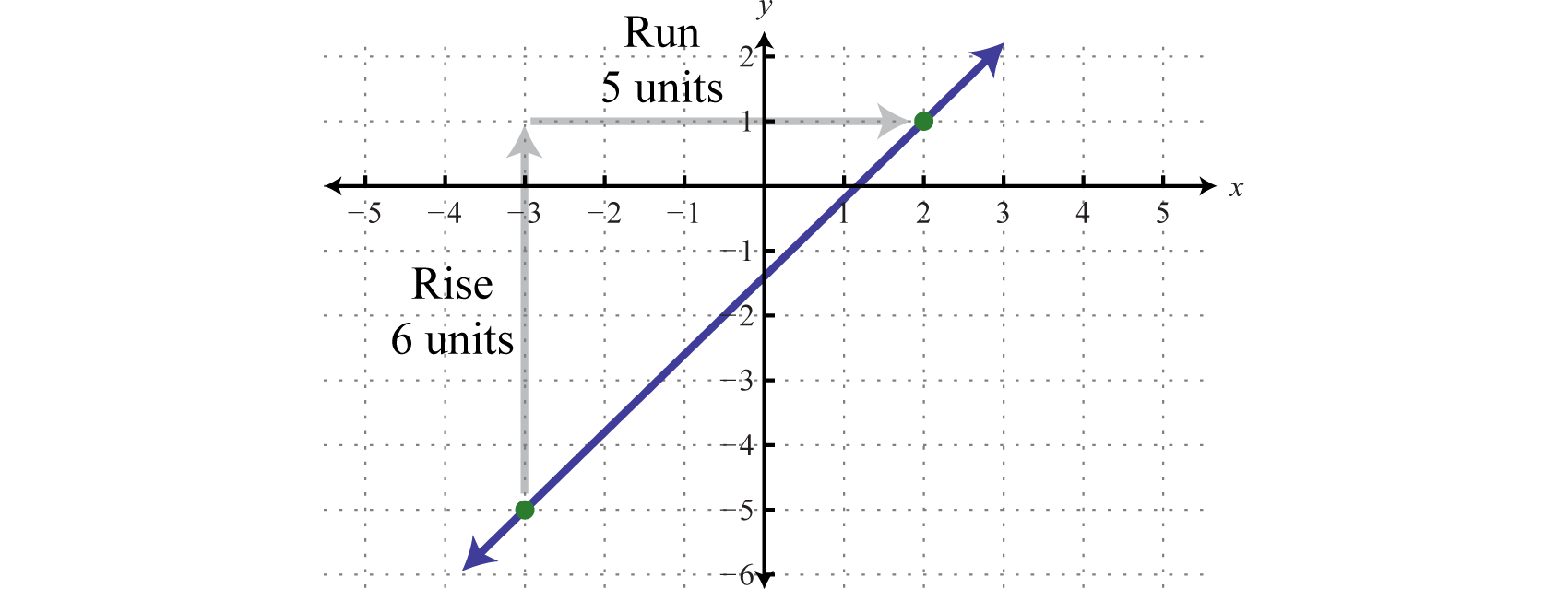
Certainly the graph is optional; the beauty of the slope formula is that, given any two points, we can obtain the slope using only algebra.
Example 2
Find the y-value for which the slope of the line passing through and is
Solution:
Substitute the given information into the slope formula.
After substituting in the given information, the only variable left is y. Solve.
Answer: y = 7
There are four geometric cases for the value of the slope.

Reading the graph from left to right, lines with an upward incline have positive slopes and lines with a downward incline have negative slopes. The other two cases involve horizontal and vertical lines. Recall that if k is a real number we have
For example, if we graph we obtain a horizontal line, and if we graph we obtain a vertical line.

From the graphs we can determine two points and calculate the slope using the slope formula.
Horizontal Line |
Vertical Line |
|---|---|
|
|
|
Notice that the points on the horizontal line share the same y-values. Therefore, the rise is zero and hence the slope is zero. The points on the vertical line share the same x-values. Consequently, the run is zero, leading to an undefined slope. In general,

Linear Functions
Given any linear equation in standard formAny nonvertical line can be written in the standard form , , we can solve for y to obtain slope-intercept formAny nonvertical line can be written in the form , where m is the slope and (0, b) is the y-intercept., For example,
Where , we can see that and thus is an ordered pair solution. This is the point where the graph intersects the y-axis and is called the y-interceptThe point (or points) where a graph intersects the y-axis, expressed as an ordered pair (0, y).. We can use this point and the slope as a means to quickly graph a line. For example, to graph , start at the y-intercept and mark off the slope to find a second point. Then use these points to graph the line as follows:
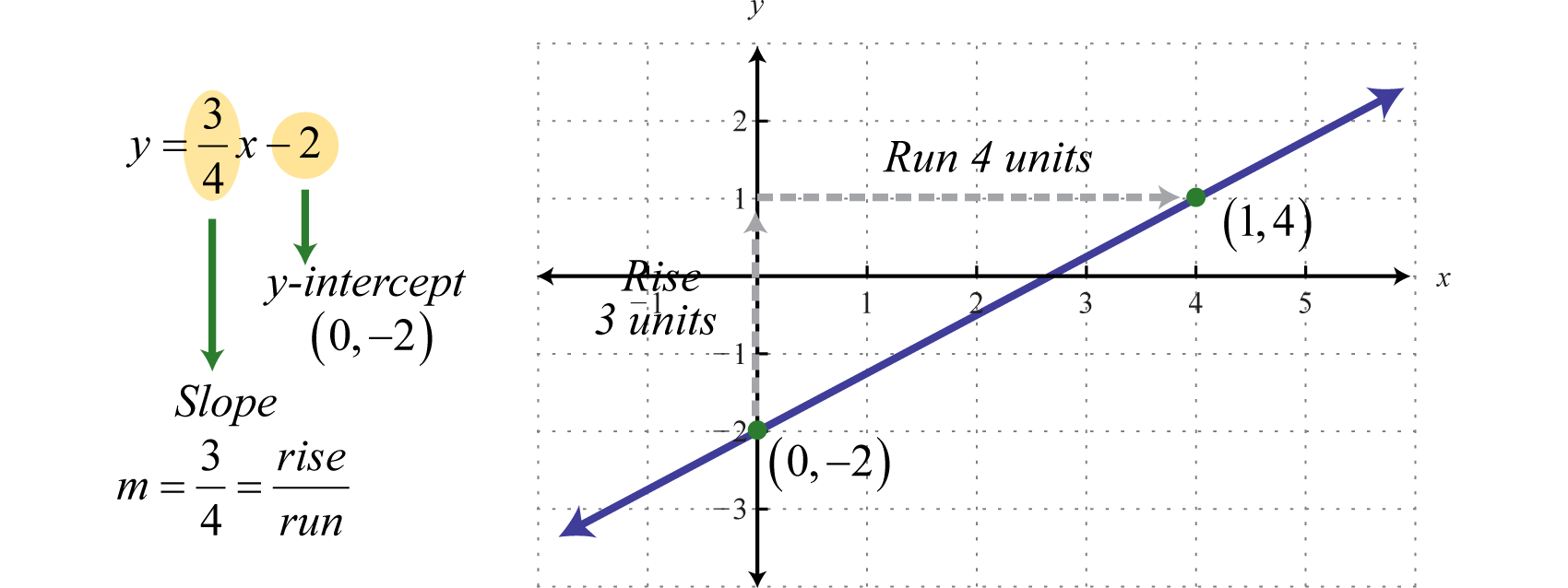
The vertical line test indicates that this graph represents a function. Furthermore, the domain and range consists of all real numbers.

In general, a linear functionAny function that can be written in the form is a function that can be written in the form where the slope m and b represent any real numbers. Because , we can use and interchangeably, and ordered pair solutions on the graph can be written in the form
We know that any y-intercept will have an x-value equal to zero. Therefore, the y-intercept can be expressed as the ordered pair For linear functions,
Hence, the y-intercept of any linear function is To find the x-interceptThe point (or points) where a graph intersects the x-axis, expressed as an ordered pair (x, 0)., the point where the function intersects the x-axis, we find x where or
Example 3
Graph the linear function and label the x-intercept.
Solution:
From the function, we see that (or ) and thus the y-intercept is (0, 6). Also, we can see that the slope Starting from the y-intercept, mark a second point down 5 units and right 3 units. Draw the line passing through these two points with a straightedge.
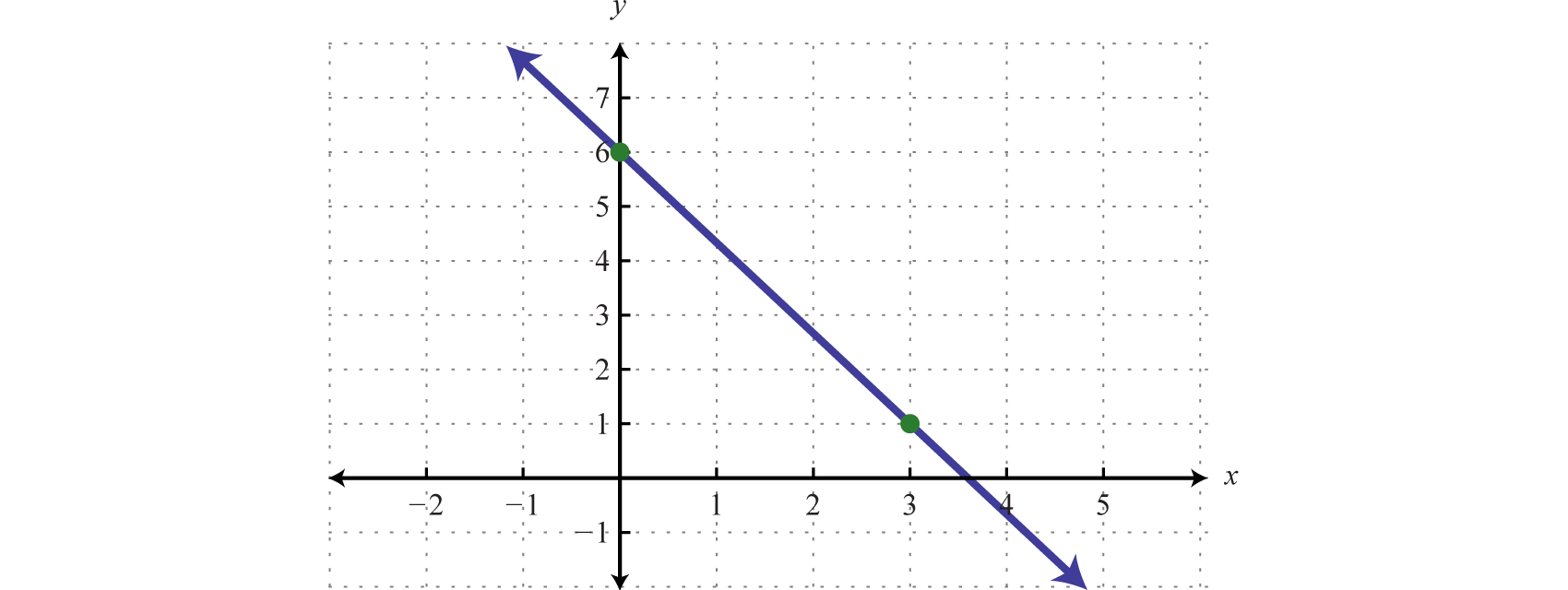
To determine the x-intercept, find the x-value where the function is equal to zero. In other words, determine x where
Therefore, the x-intercept is The general rule is to label all important points that cannot be clearly read from the graph.
Answer:
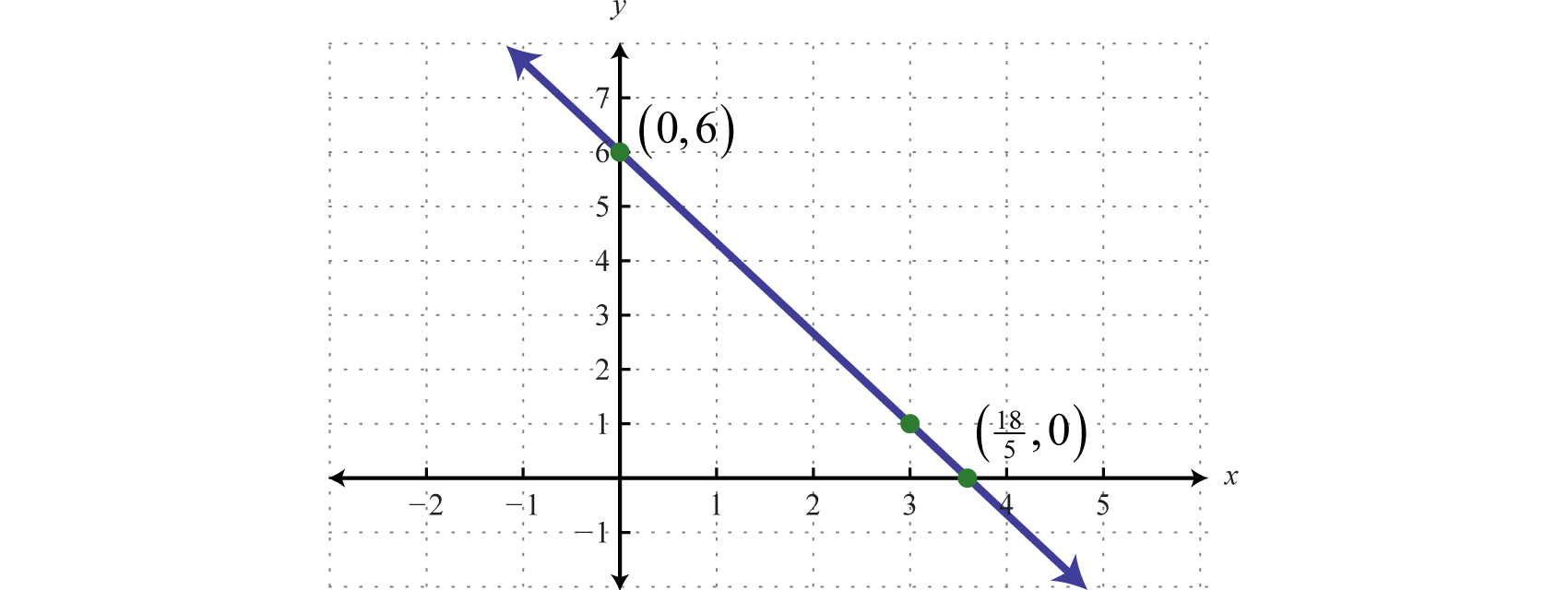
Example 4
Determine a linear function that defines the given graph and find the x-intercept.
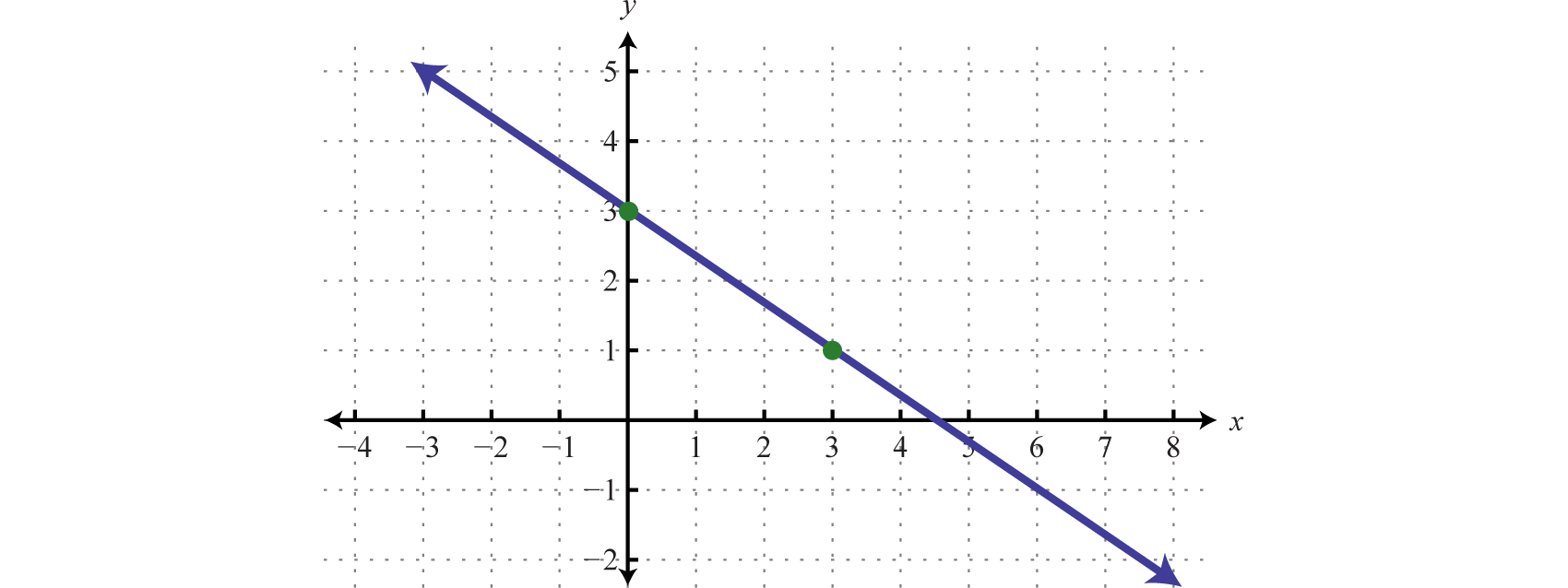
Solution:
We begin by reading the slope from the graph. In this case, two points are given and we can see that,
In addition, the y-intercept is (0, 3) and thus We can substitute into the equation for any linear function.
To find the x-intercept, we set and solve for x.
Answer: ; x-intercept:
Next, consider horizontal and vertical lines. Use the vertical line test to see that any horizontal line represents a function, and that a vertical line does not.
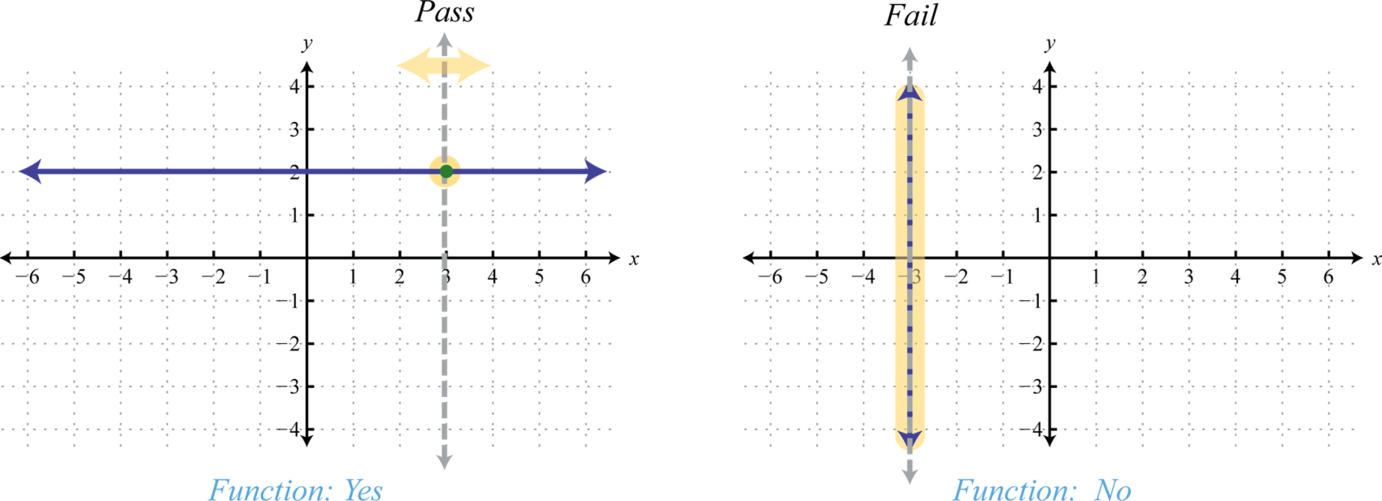
Given any horizontal line, the vertical line test shows that every x-value in the domain corresponds to exactly one y-value in the range; it is a function. A vertical line, on the other hand, fails the vertical line test; it is not a function. A vertical line represents a set of ordered pairs where all of the elements in the domain are the same. This violates the requirement that functions must associate exactly one element in the range to each element in the domain. We summarize as follows:
|
Horizontal Line |
Vertical Line |
|---|---|---|
Equation: |
||
x-intercept: |
None |
|
y-intercept: |
None |
|
Domain: |
||
Range: |
||
Function: |
Yes |
No |
A horizontal line is often called a constant function. Given any real number c,
Example 5
Graph the constant function and state the domain and range.
Solution:
Here we are given a constant function that is equivalent to This defines a horizontal line through
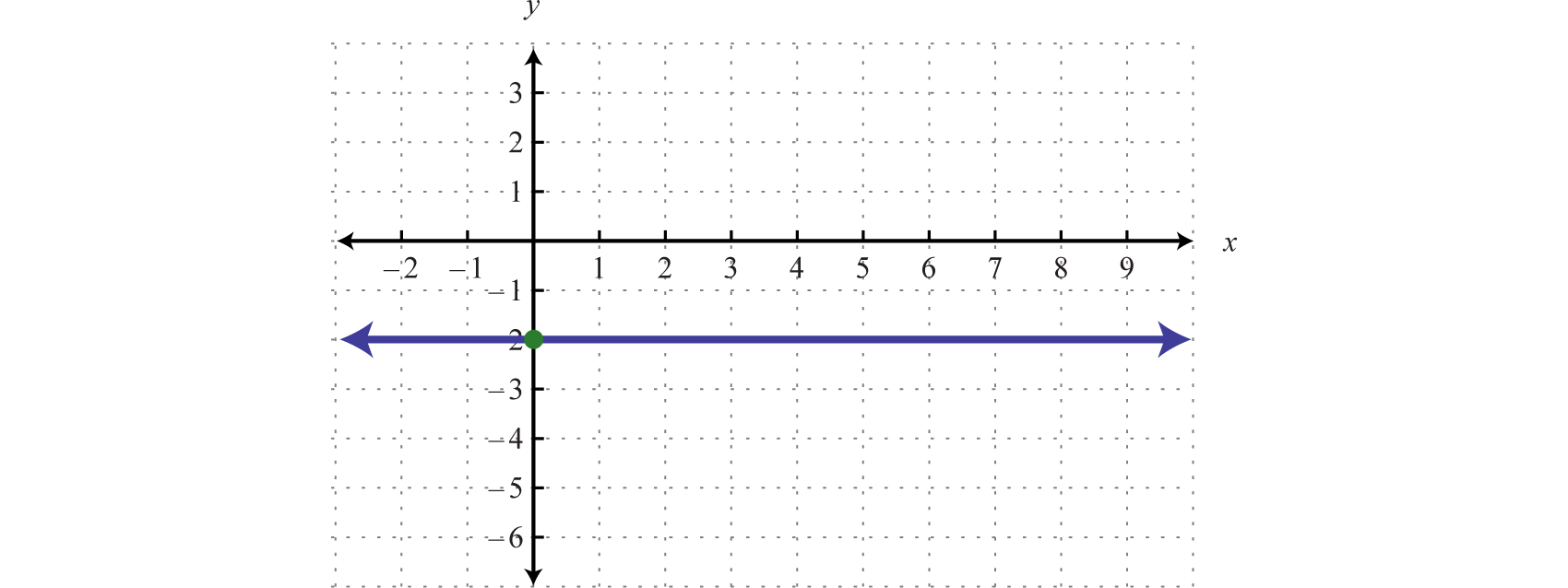
Answer: Domain: ; range:
Linear Equations and Inequalities: A Graphical Interpretation
We can use the ideas in this section to develop a geometric understanding of what it means to solve equations of the form , where f and g are linear functions. Using algebra, we can solve the linear equation as follows:
The solution to this equation is x = 4. Geometrically, this is the x-value of the intersection of the two graphs and The idea is to graph the linear functions on either side of the equation and determine where the graphs coincide.
Example 6
Graph and on the same set of axes and determine where
Solution:
Here is a linear function with slope and y-intercept (0,1). The function is a constant function and represents a horizontal line. Graph both of these functions on the same set of axes.
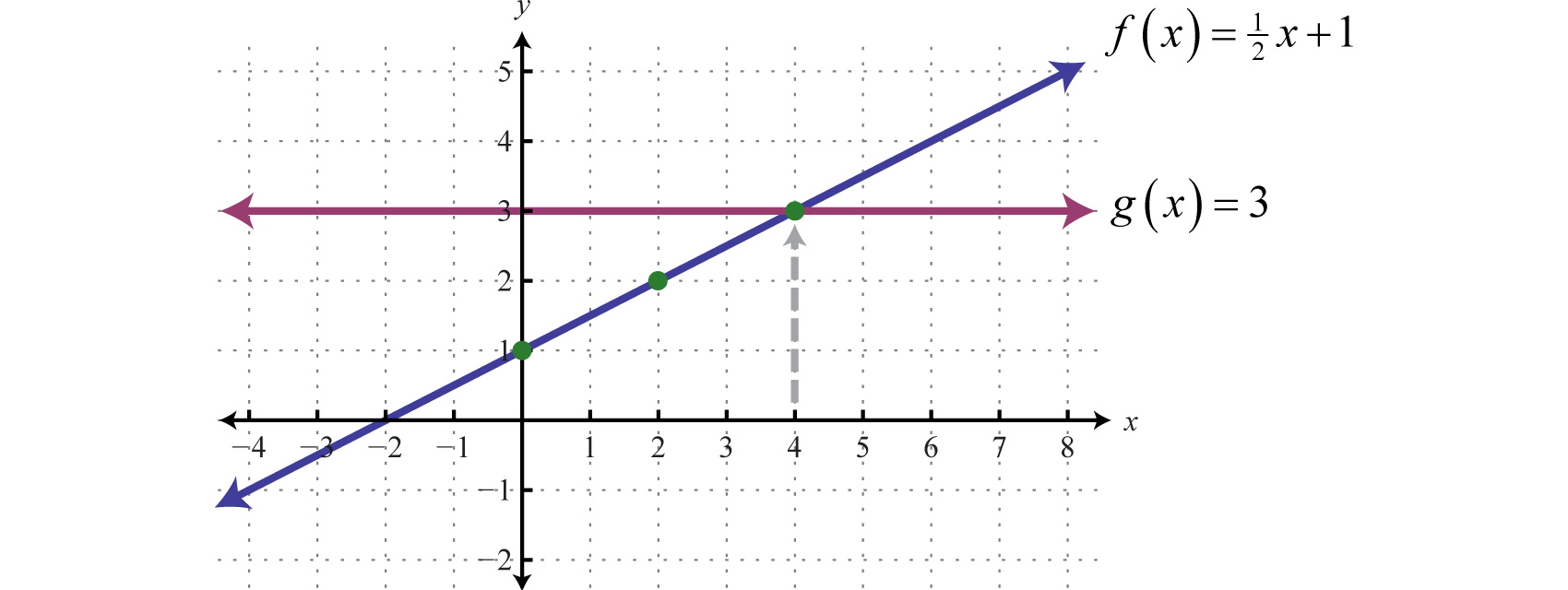
From the graph we can see that where In other words, where
Answer: x = 4
We can extend the geometric interpretation a bit further to solve inequalities. For example, we can solve the linear inequality , using algebra, as follows:
The solution set consists of all real numbers greater than or equal to 4. Geometrically, these are the x-values for which the graph lies above the graph of
Example 7
Graph and on the same set of axes and determine where
Solution:
On the graph we can see this shaded.
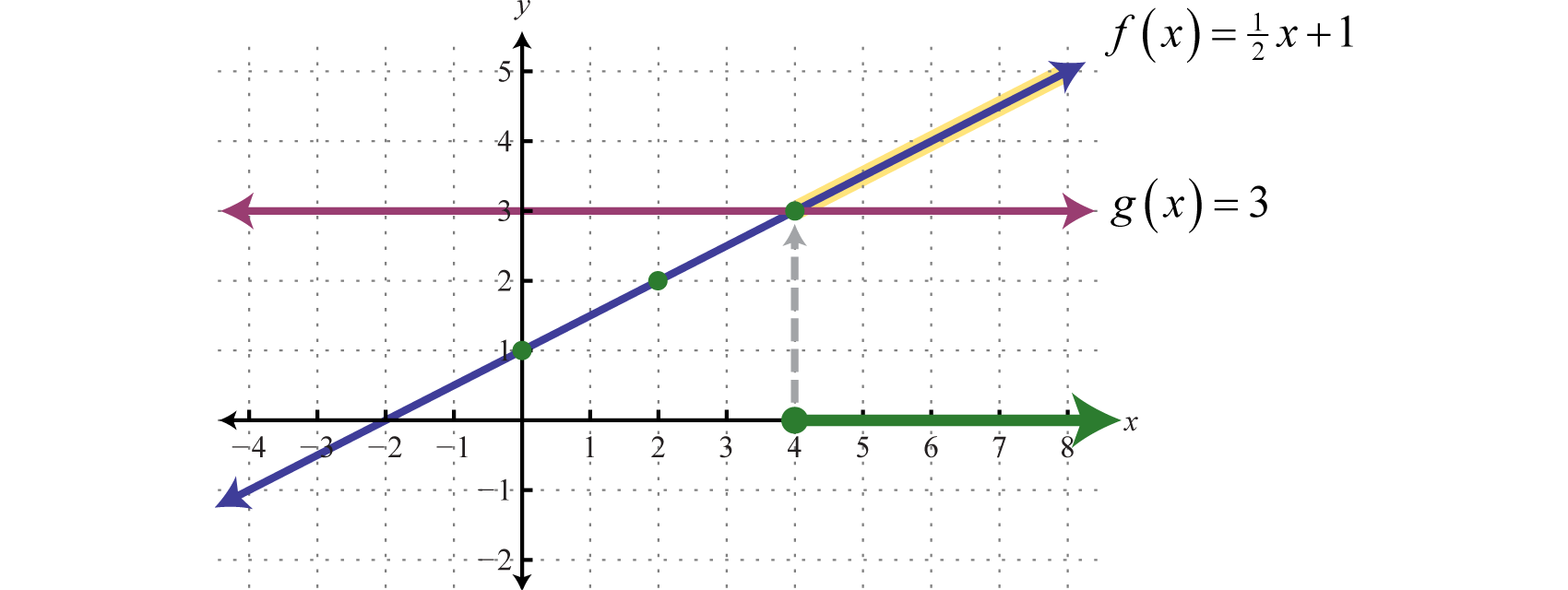
From the graph we can see that or where
Answer: The x-values that solve the inequality, in interval notation, are
Key Takeaways
- We can graph lines by plotting points. Choose a few values for x, find the corresponding y-values, and then plot the resulting ordered pair solutions. Draw a line through the points with a straightedge to complete the graph.
- Given any two points on a line, we can calculate the slope algebraically using the slope formula,
- Use slope-intercept form to quickly sketch the graph of a line. From the y-intercept , mark off the slope to determine a second point. Since two points determine a line, draw a line through these two points with a straightedge to complete the graph.
- Linear functions have the form , where the slope m and b are real numbers. To find the x-intercept, if one exists, set and solve for x.
- Since we can use y and interchangeably. Any point on the graph of a function can be expressed using function notation
Topic Exercises
-
-
-
-
-
-
-
-
-
-
-
-
-
-
-
-
-
-
-
-
-
and
-
and
-
and
-
and
-
and
-
and
-
; ,
-
; ,
-
; ,
-
; ,
-
; ,
-
; ,
-
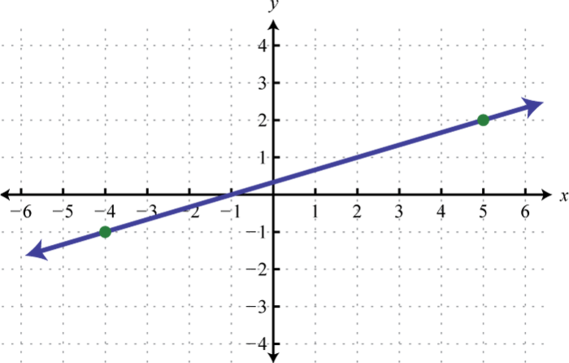
-
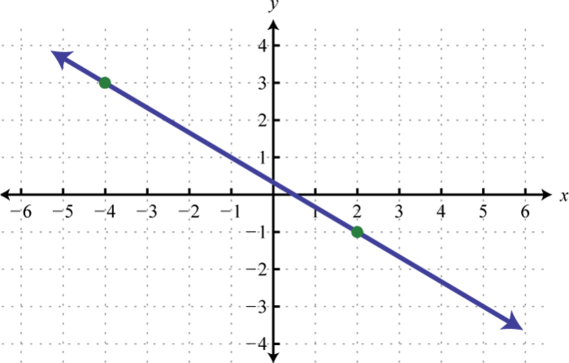
-

-
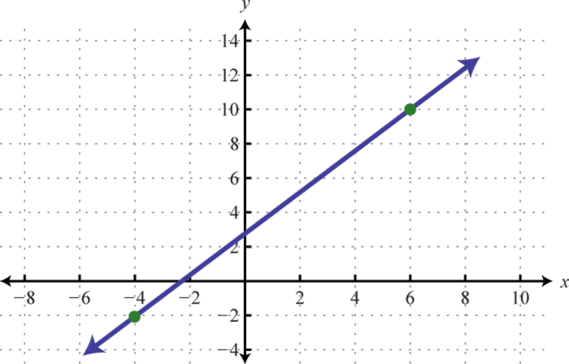
-
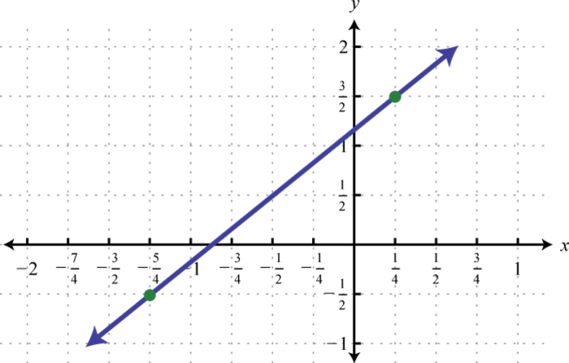
-
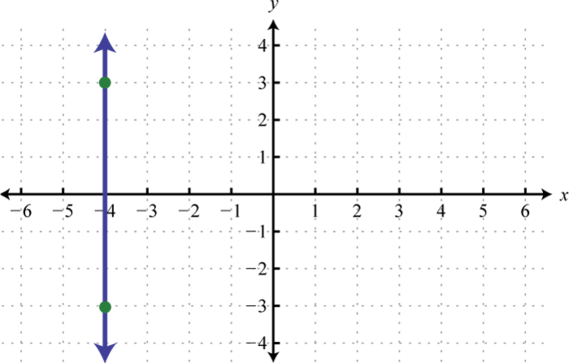
-
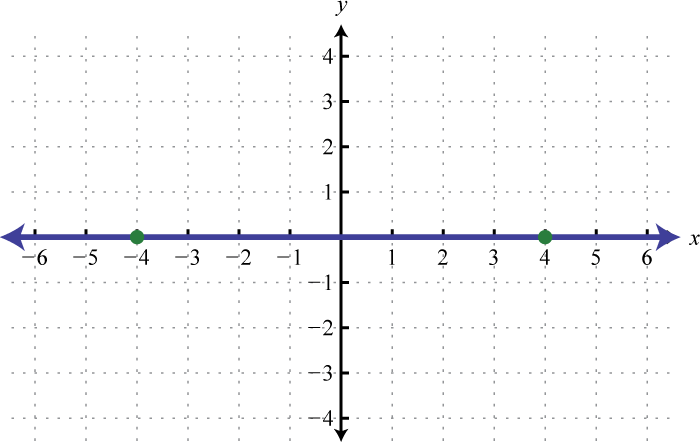
-
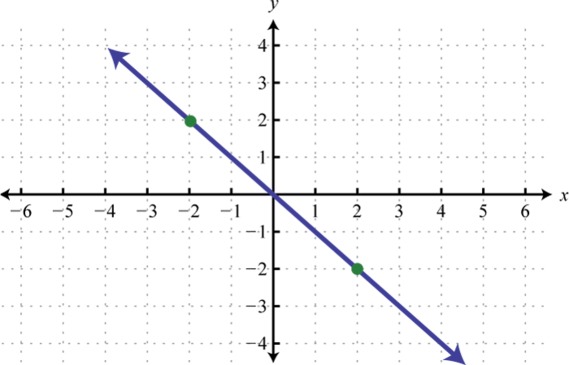
Part A: Graphing Lines by Plotting Points
Find five ordered pair solutions and graph.
Find the slope of the line passing through the given points.
Find the y-value for which the slope of the line passing through given points has the given slope.
Given the graph, determine the slope.
Part B: Linear Functions
Find the x- and y-intercepts and use them to graph the following functions.
Graph the linear function and label the x-intercept.
Determine the linear function that defines the given graph and find the x-intercept.
-
,
-
,
-
,
-
,
-
,
-
,
-
,
-
,
-
,
-
,
-
,
-
,
-
,
-
,
-
,
-
,
-
,
-
,
-
,
-
,
-
,
-
,
-
,
-
,
-
,
-
,
Part C: A Graphical Interpretation of Linear Equations and Inequalities
Graph the functions and on the same set of axes and determine where Verify your answer algebraically.
Graph the functions and on the same set of axes and determine where Verify your answer algebraically.
Graph the functions and on the same set of axes and determine where Verify your answer algebraically.
-
Do all linear functions have y-intercepts? Do all linear functions have x-intercepts? Explain.
-
Can a function have more than one y-intercept? Explain.
-
How does the vertical line test show that a vertical line is not a function?
Part D: Discussion Board
Answers
-
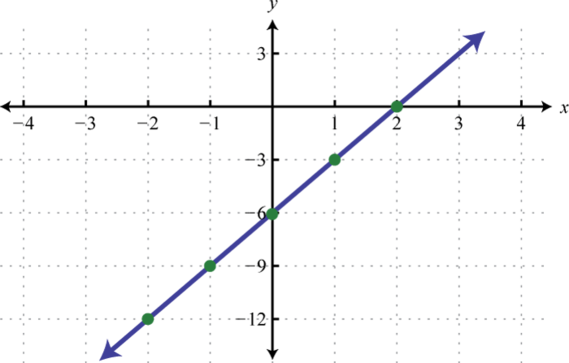
-
-
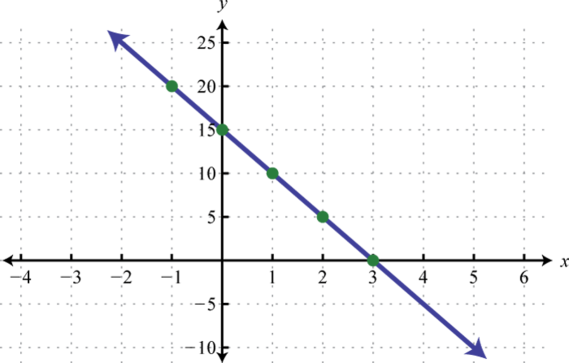
-
-
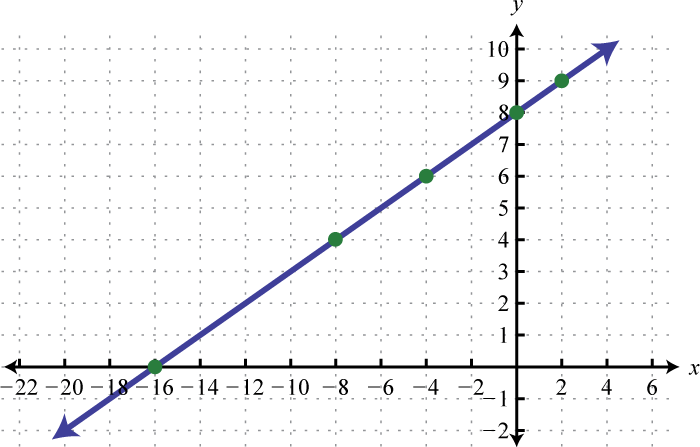
-
-
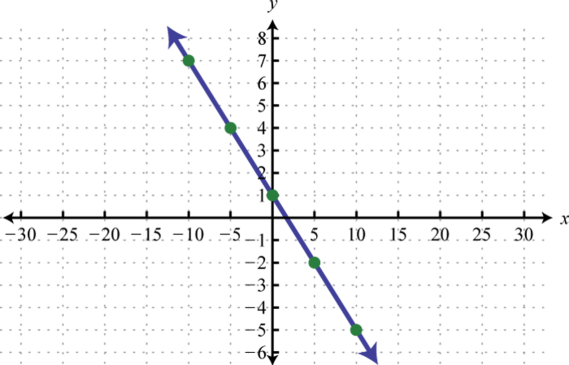
-
-
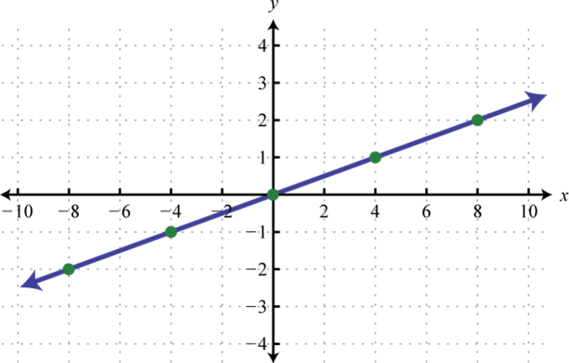
-
-
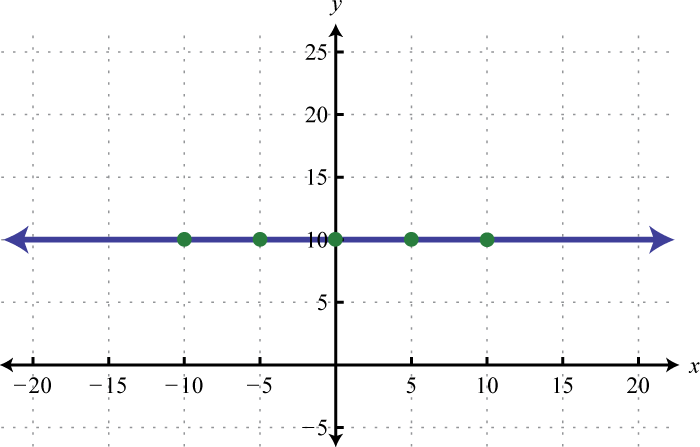
-
-
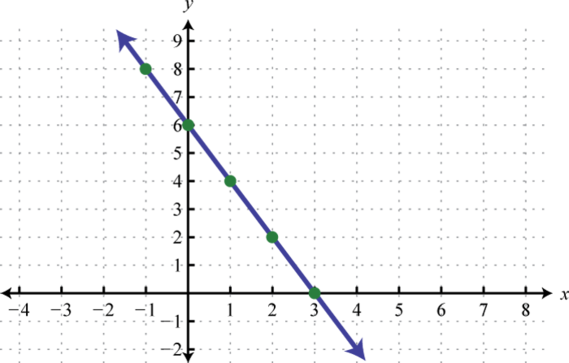
-
-
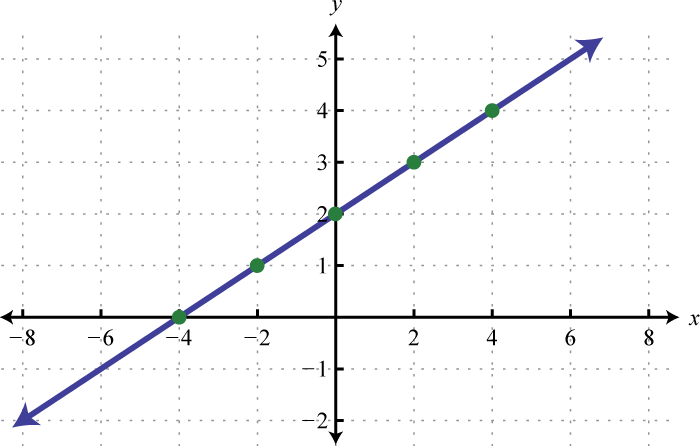
-
-
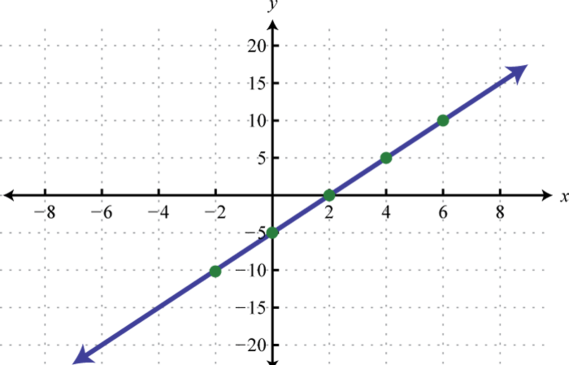
-
-
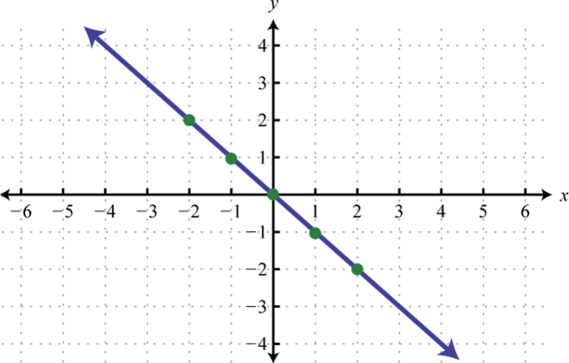
-
-
1
-
-
-
-
Undefined
-
-
-
-
-
-
-
-
-
-
-
-
-
-
-
-
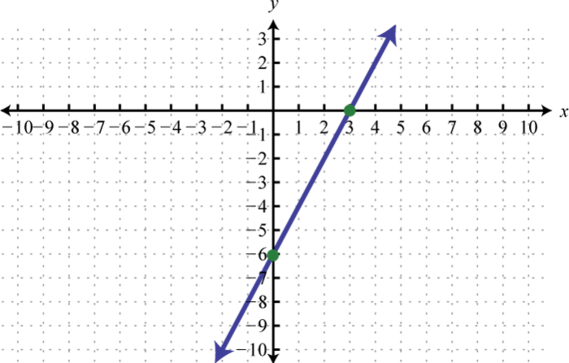
-
-
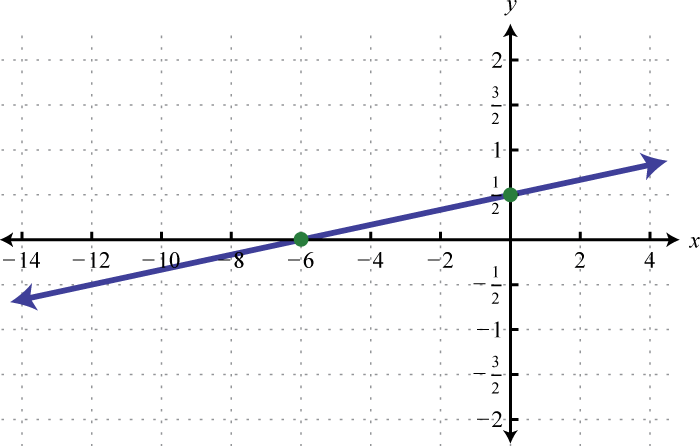
-
-
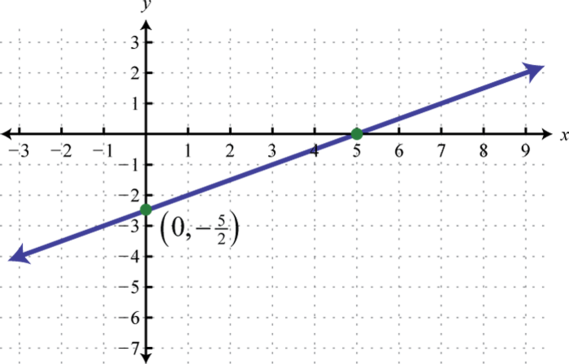
-
-
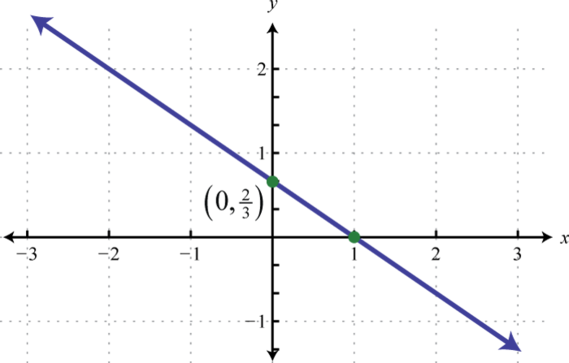
-
-
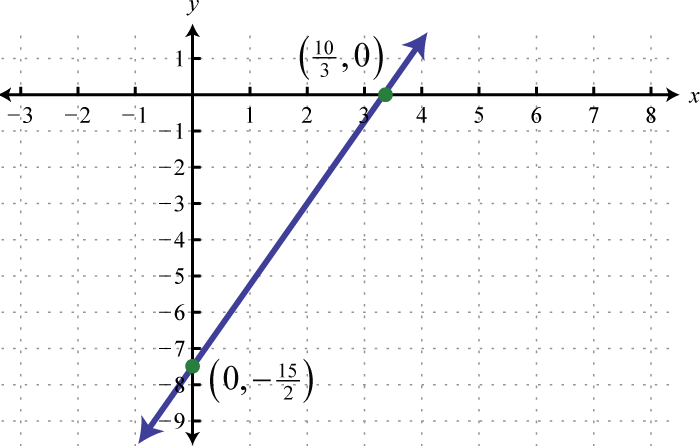
-
-
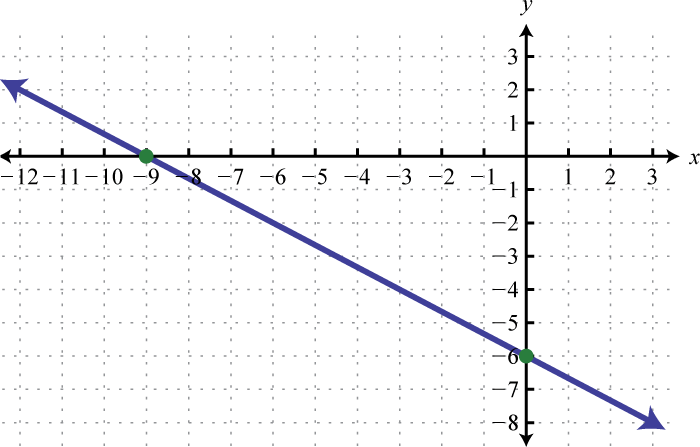
-
-
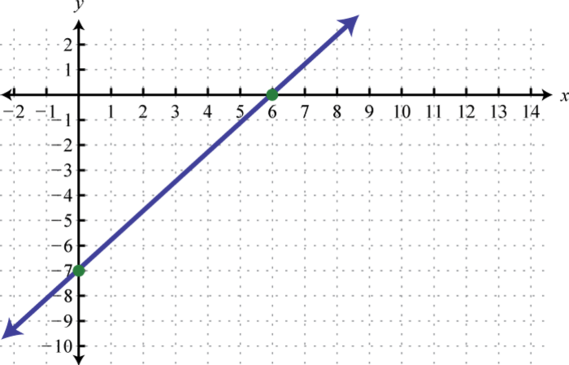
-
-
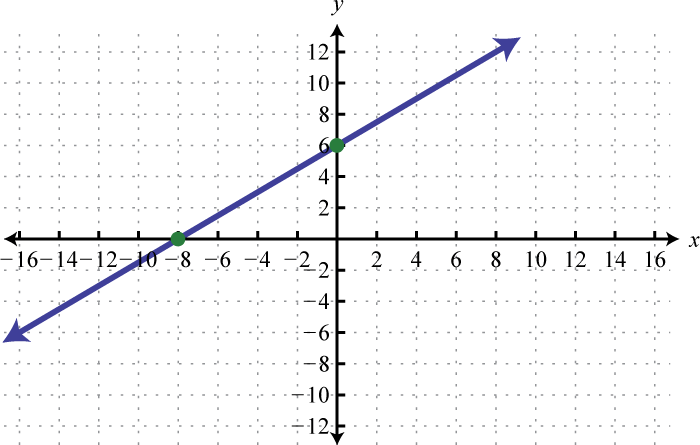
-
-
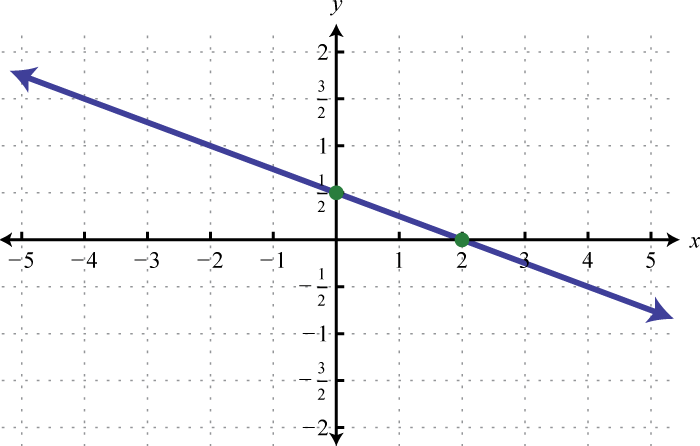
-
-

-
-
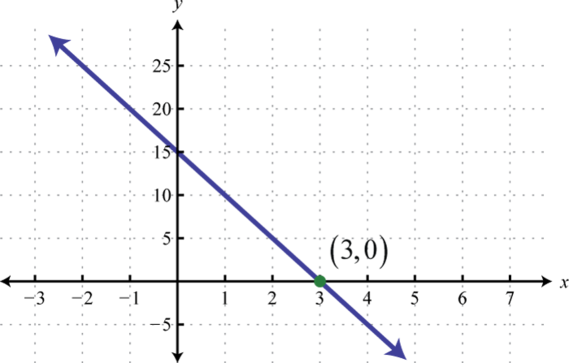
-
-
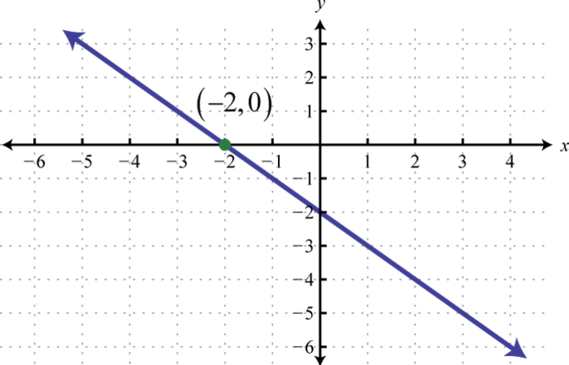
-
-
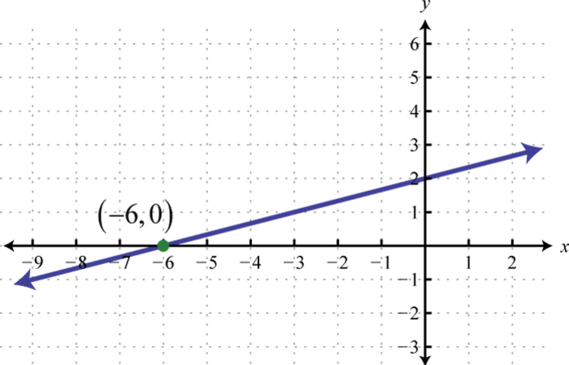
-
-
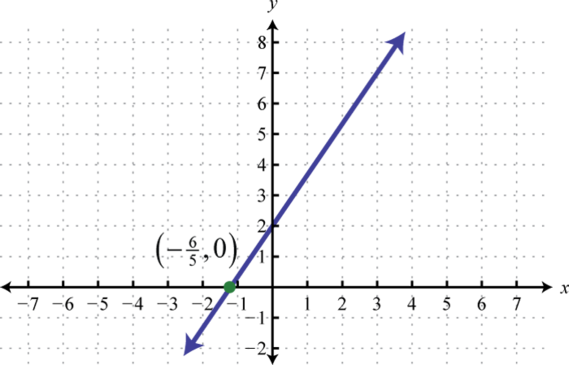
-
-
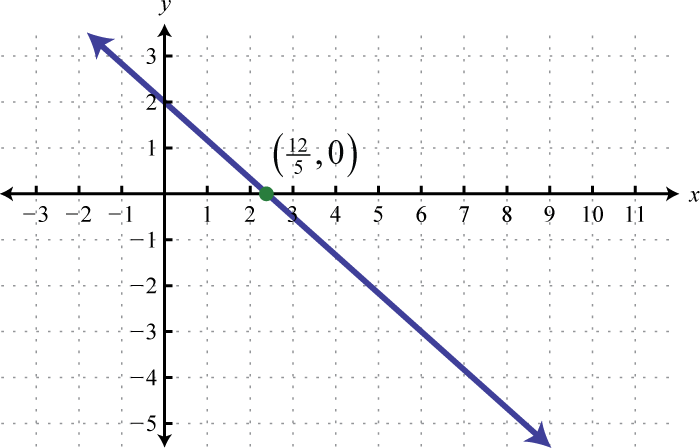
-
-
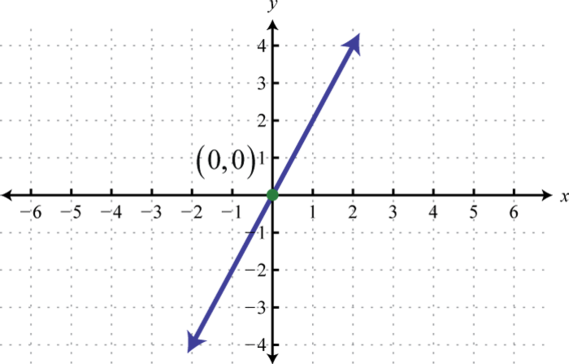
-
-
;
-
-
;
-
-
; none
-
-
;
-
-
Answer may vary
-
-
Answer may vary





